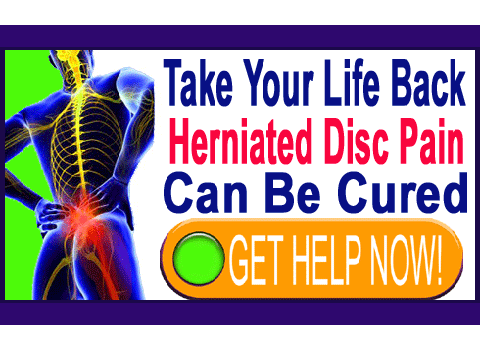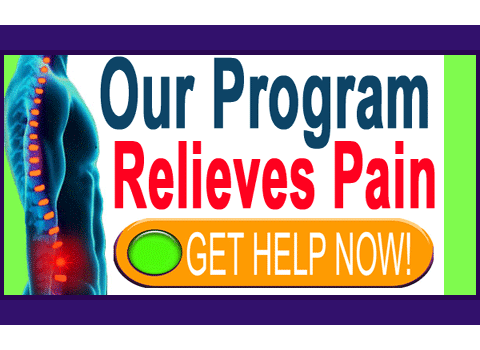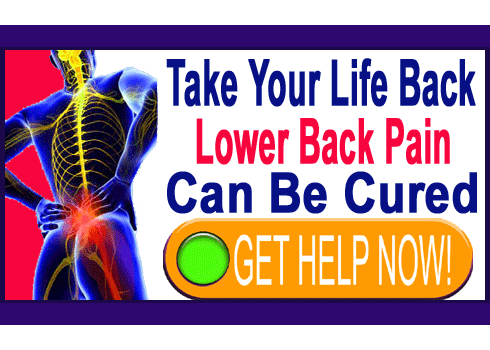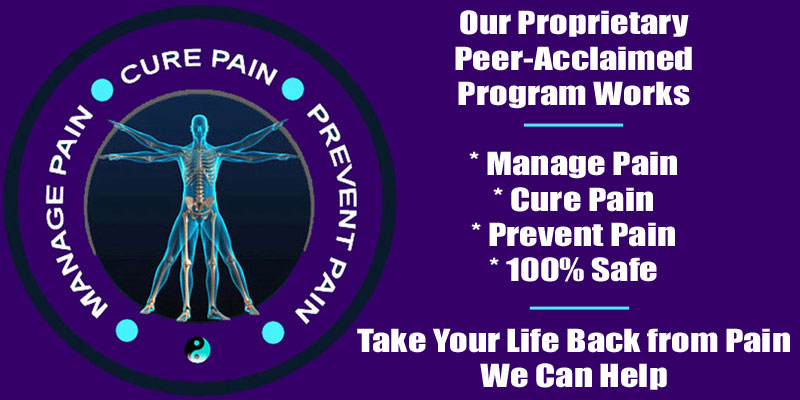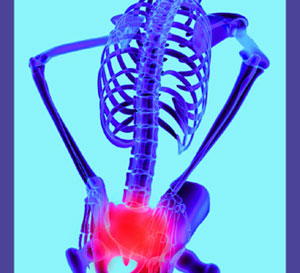
Teen lower back pain is relatively common, as there are several nearly universal occurrences that take place during the teen years which dispose many young people towards developing dorsalgia. Fortunate patients will be able to successfully move past their early history of lower back pain and live normal lives thereafter. However, many teens will be forever changed by their premature bouts with lumbar pain and will likely suffer some degree of consequences of the reminder of their lives. As Editor-in-Chief of The Cure Back Pain Network, this is a fate that I know very, very well.
Why are teenagers so susceptible to lower back pain in particular? What changes occur in the body and the mind to create such susceptibility? What can be done to assist teens in leaving the ravages of lower back pain behind so that they can live full and unhampered lives thereafter? These are all vital questions to ask and we will certainly provide the answers over the course of this discussion.
This essay details lower back pain in teenagers. We will discuss why teens are prone to back pain symptomology and what types of care they should receive. We will also provide some helpful guidance for parents and care providers to keep in mind when dealing with teenage patients.
Sources of Teen Lower Back Pain
Teens are undergoing many changes during this important time of life, both physically, as well as psychoemotionally. Therefore, teenagers are susceptible to structural spinal issues, soft tissue pain syndromes and mindbody conditions, as noted below:
Many teenagers are very physically active, yet still have not accurately discovered the limits of their bodily abilities. This recklessness with the anatomy often results in injury during sports, recreation or just “being kids”. While serious spinal injury is rare, less significant injury is rather common, with herniated discs, muscular and ligament strains and other conditions being relative typical in active teens.
Being that the teenage anatomy falls between child and adult, there are many transitions occurring that can dispose a teenager to injury. The sacroiliac is rapidly changing is teenagers, solidifying and decreasing in effective range of movement. This can create SIJ dysfunction in rare cases, especially when aggravated by trauma.
Some late teens are already beginning to show signs of spinal aging, particularly if they have been actively involved in certain activities from an early age, such as martial arts, dance or gymnastics. Early onset degenerative disc disease and even minor spinal arthritis are typical findings, but are virtually always asymptomatic.
Teens are also maturing emotionally and this certainly increases the chances of suffering from mindbody pain syndromes. Teens often face considerable psychological issues and do not yet have the tools to cope with this significant developmental baggage. We have witnessed a substantial percentage of teen lower back pain profiles to be completely psychogenic in nature.
Lower Back Pain Treatment in Teenagers
Treating a teenager for back pain can be a complicated consideration. It is crucial to accurately diagnose the true nature of their condition and set them back on the path to good health without imparting unnecessary nocebo effect that can damn them to susceptibility towards chronic pain for life. When structural issues are present, we tend to recommend constructive methods of care, such as physical therapy, exercise, massage, chiropractic and mindbody practices, such as mediation and biofeedback over traditional, dangerous medical treatments like drugs, injections and surgery.
For mindbody pain syndromes, or any diagnosis that might impart a nocebo effect, we suggest knowledge therapy as the ideal therapeutic path. Many teens can easily grasp the concepts of knowledge therapy better than their adult counterparts, since they are not subject o the same prejudices against mindbody medicine that many adults possess. We have found young people to do exceptionally well with this treatment and most teens stand an excellent chance of ending their symptomatic imperative early, before it has the chance to firmly take control of their psyche for life.
Teen Lower Back Pain Guidance
Teenagers are well known for isolating themselves from parents and authority figures in many instances. This can be problematic when a teen is in pain and does not want to convey their suffering to their guardian. It is of paramount importance to give teens their autonomy, but also to safeguard them from harm and potentially serious spinal problems. To this end, we implore parents and caregivers to work hard to develop excellent communication skills with their teenagers.
Teens who suffer injury or rare spinal pathologies from structural abnormality should be given the best medical care, yet must not be subjected to unwitting nocebo consequences from the good intentions of cautioning parents and care providers. Remember that every dire warning might have lifelong consequences for teen patients.
Teens should always be considered extremely susceptible to mindbody pain and this possibility should always be explored before attempting any physical treatment for pain issues that do not seem to have an obvious cause with evidence of anatomical pathology. Remember that many teenage lower back pain conditions are mistakenly blamed on scoliosis, herniated discs and disc deterioration, which not coincidentally are the same 3 diagnoses I received at the age of 16. The irresponsible way I was treated set the tone for a lifetime of pain and redefined the person I am today from the person I might have become…

